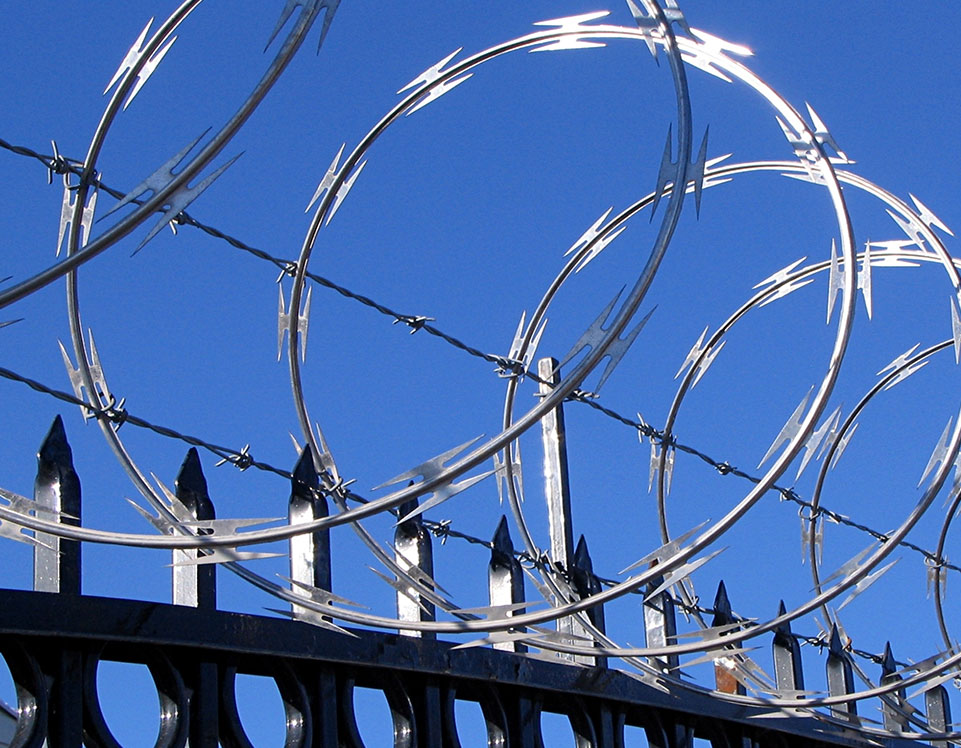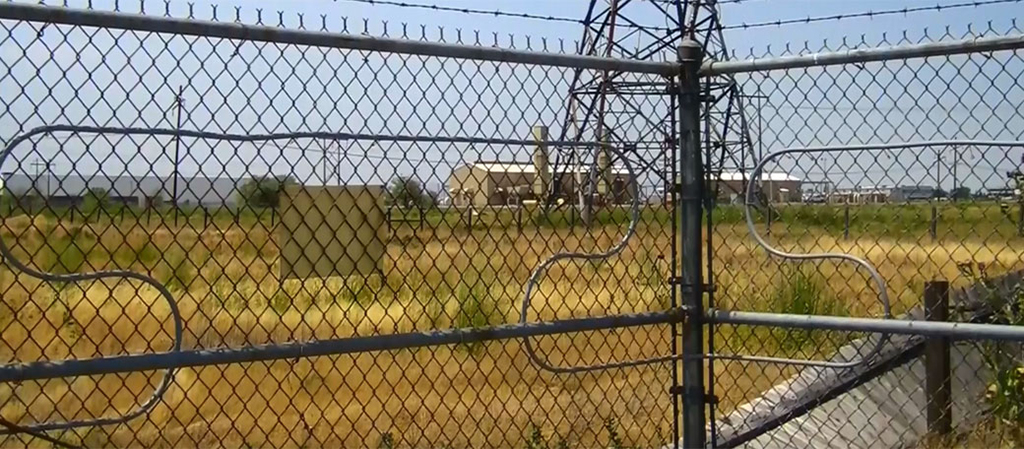How Fiber Security Helps Prevent Unauthorized Access and Improves Monitoring
How Fiber Security Helps Prevent Unauthorized Access and Improves Monitoring
Blog Article
Improve Your Safety And Security With Advanced Fiber Optic Safety Equipments
In an age where protection is critical, innovative fiber optic security systems provide an engaging solution for improving safety and security across different settings. These systems not only boast remarkable bandwidth and speed for high-resolution monitoring yet also provide exceptional strength against outside disturbances. As companies significantly seek reputable means to shield their assets, the combination of ingenious modern technologies like AI and IoT within fiber optic structures elevates important concerns regarding their performance contrasted to traditional systems. What implications do these developments hold for future safety and security procedures?
Advantages of Fiber Optic Safety
Taking advantage of the advantages of fiber optic innovation considerably enhances security systems throughout numerous applications. Among the main benefits is the increased data transfer capacity, enabling the transmission of huge quantities of data at broadband. This is specifically critical for real-time video clip monitoring, where high-resolution feeds can be sent without latency, ensuring prompt action capabilities.
Additionally, optical fiber display exceptional resistance to electro-magnetic disturbance, which is important in environments with possible signal interruptions. This integrity makes sure consistent efficiency in vital safety and security procedures. Furthermore, fiber optic cables are much less susceptible to touching and unauthorized access contrasted to traditional copper circuitry, thus boosting data honesty and privacy.
Another significant benefit is the toughness of fiber optic systems; they are more immune to ecological elements such as wetness, temperature level fluctuations, and destructive materials. This resilience equates to decrease maintenance expenses and longer life-spans for security setups.
Last but not least, the lightweight nature of fiber optic cable televisions assists in easier installation and directing, specifically in intricate infrastructures (fiber optic security system). Eventually, the combination of fiber optic modern technology right into security systems not only reinforces security procedures yet additionally optimizes operational efficiency
Secret Functions to Think About
When examining fiber optic protection systems, numerous key features have to be considered to guarantee optimum efficiency and performance. Initially, examine the system's detection array and sensitivity; an extensive range permits for monitoring large areas, while high sensitivity guarantees that also small disruptions are discovered promptly.
Next, take into consideration the combination capacities of the system. A fiber optic safety system need to perfectly interface with existing security measures such as cams and alarm systems, creating a natural security network.
Toughness and environmental resistance are additionally essential features. Ensure that the system is made to stand up to harsh climate condition and possible physical risks, as this will certainly prolong its operational life-span.

Finally, look into the scalability of the system. A robust fiber optic safety system need to be easily expanding to accommodate future needs without significant overhauls. By very carefully thinking about these features, you can pick a fiber optic safety and security option that improves security and safety in your environment.
Setup Refine Overview
To efficiently apply a fiber optic safety system, a systematic installment process is vital. This process begins with a comprehensive site evaluation to establish the details safety and security requirements and to identify ideal areas for fiber optic cords and security gadgets. Following this evaluation, the setup team will develop a detailed plan, including cord paths, necessary tools, and conformity with neighborhood guidelines.
Next, the installment entails laying the fiber optic wires, ensuring they are shielded from environmental elements and physical damages. Correct handling techniques are crucial, as fiber optic cable televisions are sensitive and can be conveniently damaged. After the cabling is set up, ports and terminations are meticulously completed to ensure signal integrity.
The subsequent phase includes mounting security gadgets such as cameras, click over here movement detectors, and alarm, all integrated with the fiber optic network. Extensive testing is conducted to validate that all elements are functioning properly and to guarantee optimal performance.

Comparing Fiber Optic to Traditional Equipments
The advancement of safety innovation has actually resulted in substantial innovations in the contrast in between fiber optic systems and standard copper-based systems. Fiber optic systems use light view to transfer information, using premium transmission capacity and rate contrasted to their copper equivalents. This leads to improved data transmission capacities, making optical fiber perfect for high-resolution video monitoring and real-time surveillance.
Furthermore, fiber optic cables are resistant to electro-magnetic disturbance, lowering the chance of signal degradation triggered by external elements. This characteristic guarantees consistent efficiency, also in challenging settings. In comparison, standard copper systems are a lot more prone to interference, bring about prospective vulnerabilities in security applications.
Resilience is one more advantage of fiber optic systems. They are less vulnerable to harm from environmental aspects such as moisture and temperature variations, which can endanger copper wiring. In addition, optical fiber are lighter and thinner, enabling much look these up easier setup and lowered physical impact.
However, conventional systems tend to have reduced first prices, making them appealing for budget-conscious projects. While fiber optic systems might require a higher in advance investment, their lasting benefits-- such as reduced upkeep expenses and higher dependability-- commonly outweigh the first cost, placing them as an exceptional option for modern-day security requirements.
Future Patterns in Protection Technology
Arising trends in safety and security modern technology are poised to change the landscape of surveillance and risk discovery - fiber optic security system. As organizations increasingly face advanced risks, technologies such as artificial intelligence (AI) and artificial intelligence (ML) are becoming indispensable to protection systems. These innovations boost the capability of fiber optic systems by allowing real-time information analysis, recognizing abnormalities, and automating reactions to potential violations
In addition, the integration of the Internet of Things (IoT) is revolutionizing safety frameworks. IoT gadgets can supply detailed situational recognition and assist in smooth communication between different safety and security elements. This interconnectedness permits extra effective monitoring and faster incident feedback times.
Biometric verification is also obtaining momentum, giving a greater degree of safety via unique physical features. As this innovation evolves, it is likely to be integrated into fiber optic systems for boosted access control.
Conclusion
In verdict, progressed fiber optic safety systems represent a significant advancement in safety and monitoring innovation. The shift from standard systems to fiber optic remedies shows a growing pattern in the direction of a lot more reliable and effective security procedures in a significantly intricate technological landscape.
Report this page